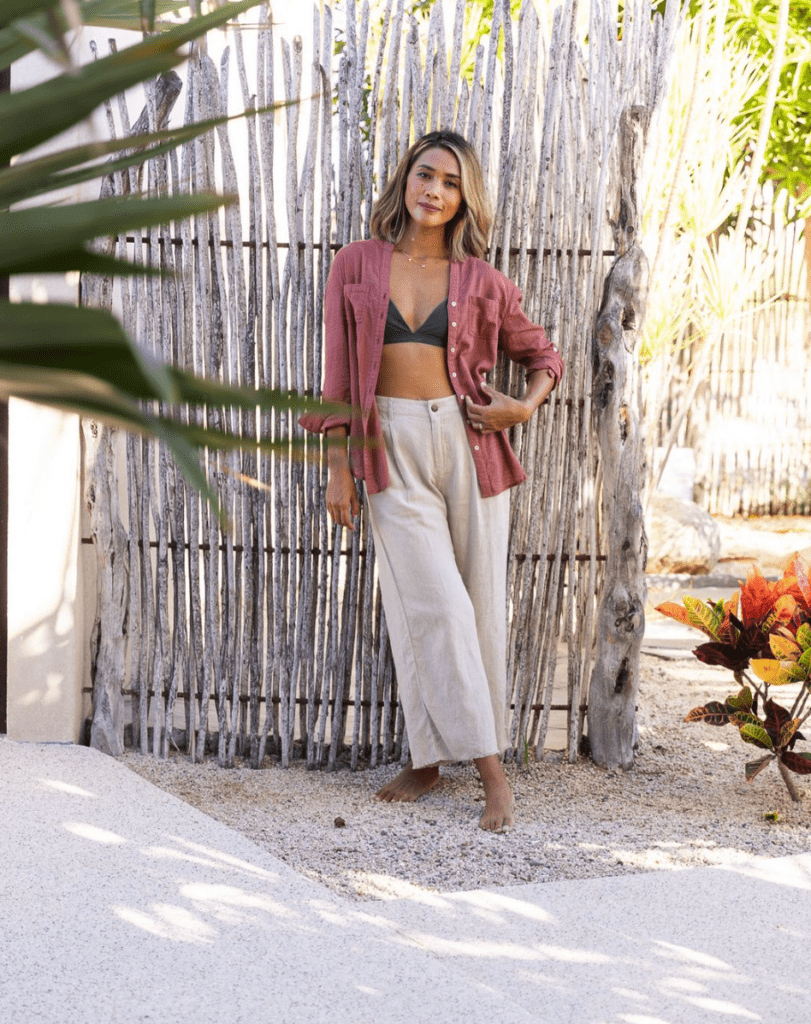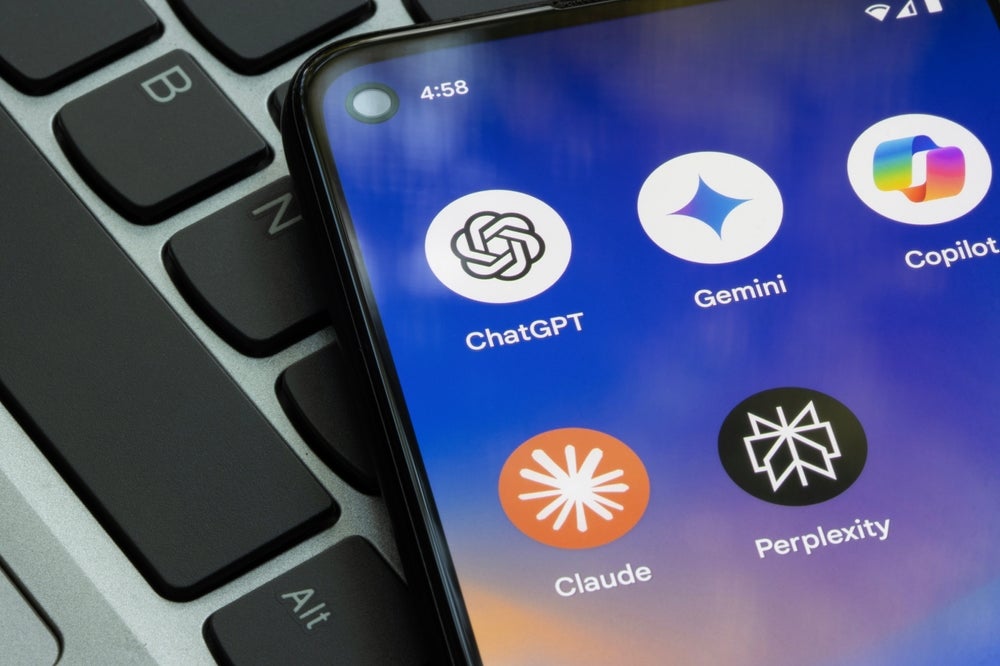Carve Designs vets all of its technology deployments on if it will produce a high return on investment, CEO Thayer Sylvester says. The style quiz checks all the boxes but robust personalization has not proved its worth yet.
Apparel brand Carve Designs wants shoppers to find their ideal swimsuit fast, buy it and then keep it.
That’s typically any retailer’s goal, and Carve Designs decided to implement a style quiz as the tool to help achieve it. The brand manufacturer launched the quiz in March 2024, at the start of peak swim season.
The results from the quiz were clear: shoppers liked it, said co-founder and CEO Thayer Sylvester.

The quiz had a high adoption rate, conversion for shoppers completing the quiz was three-times higher than shoppers who didn’t complete the quiz and these customers were much less likely to return the swimsuit, Sylvester said.
By the numbers:
- About 26% of website visitors took the quiz within the first few months of it launching, and today about 3% of web traffic takes the quiz.
- More than 80% of shoppers who start the quiz complete it.
- Of the shoppers who complete the quiz, 60% go on to buy a product.
- Conversion rate for shoppers who complete the quiz is three-times higher compared with non-quiz taking shoppers.
- The return rate decreases “by several percentage points” for shoppers who purchase the quiz’s swimsuit recommendation compared with the site’s average return rate.
- It takes an average of 40 seconds to complete the quiz.
“This feedback gave us a lot of reinforcement that this is a tool that people like,” Sylvester said.
The brand manufacturer was so happy with the results that it launched two more quizzes in the subsequent months, a sweater quiz and a gift finding quiz.
How the brand designed the quiz
The swim quiz’s high conversion rate demonstrated that these shoppers had a high intent to buy, but perhaps struggled to find the correct product amid the site’s 65 swim styles plus color options.
“It has reduced the time it takes to find the right product, and given that time is such a valuable commodity for all of our customers, that decrease in time has enabled us to increase our conversion,” she said.
Or, shoppers found products they liked on the website, but lacked the confidence to buy it, Sylvester said.

“Your body in swim can be an uncomfortable process. It’s clothing but you are basically half naked,” Sylvester said.
Carve Designs uses language in the quiz with the goal to make shoppers feel more confident and comfortable about buying a swimsuit, asking them questions about what parts of their body they want to highlight, what makes them confident and their desired activities in the swimsuit, she said. Then, once shoppers have the results of the quiz, they can be confident that this is the right style for them.
CarveDesigns.com is built on the Shopify ecommerce platform and it used a Shopify app to create the quiz. About 10 Carve Design employees developed the logic behind the quiz results over the course of six months.

The brand uses its merchandising personas to help produce the results, such as active or bohemian. It frames questions around what shoppers want to be doing in the suit, such as surfing or lounging, rather than just asking “I want more coverage” or “I need more support.”
How Carve Designs uses its quiz data
The retailer uses the data from the quiz to help inform its merchandising decisions. For example, if a large share of consumers receive the same result, it knows to order more of that suit or to make more designs with the features of that suit.
It can also see if one style is receiving a larger-than-average return rate and investigate why the suit is not meeting the needs of that particular customer group.
The brand’s marketing team looks into where shoppers who don’t complete the quiz abandon it. It then evaluates if it needs to change its vocabulary or imagery to increase quiz completion.
What Carve Desings doesn’t use the quiz data for
A big debate among Carve Design’s employees before it launched the quiz is if it would make an email address mandatory to see the results. Ultimately, it decided to make an email address optional.
“The goal was to and remains to facilitate the consumer purchasing,” Sylvester said.
And Carve reaches that goal if shoppers complete quiz without a barrier, not if Carve Designs has the shopper’s email address for remarketing. And so the quiz asks for a shopper’s email address at the end, but she can decline and still see the results.
The brand is at the start of looking into using the data for personalization.
Currently, the retailer’s personalization is not as robust as it could be, and it typically retargets shoppers with recently viewed items or product categories, Sylvester said. The products are not necessarily the correct color or paired with the quiz’s recommended bottom or coordinating products.
“It’s really expensive to do that type of personalization,” she said.
How is vets technology providers
And when customer acquisition costs continue to increase, Carve Designs has to thoroughly vet all of its technology investments to ensure they can produce a return. For example, Sylvester is skeptical such a granual-level of personalization technology would produce incremental sales and the brand would be able to attribute the sale of the product to that technology.
These questions, is it incremental sales and can you attribute it, are key questions Sylvester and her teams ask when deciding what to invest in.
“We’ve been in business for 23 years, and we run a profitable business,” she said. “In order to run a successful business, you have to make sure all of your investments are justified.”
Sustainability is foundational to the brand
One investment Carve Designs won’t compromise on is sustainability. Using sustainable materials, such as organic cotton and recycled water bottles is a core tenant for the brand.
“This is a position that we will hold and invest in and we will not sacrifice even if we are not sure if it’s growing the business, because we believe in it as an organization,” she said.
Right now, shoppers may buy and even seek out sustainable brands and products. Large brands investing more in sustainability has helped push the issue to the forefront of a shopper’s mind.
But the real impact will be made when shoppers opt out of buying products that aren’t sustainable. Sylvester is optimistic that it might happen, and said its Carve Brands’ mission to educate consumers about the importance of sustainability.




